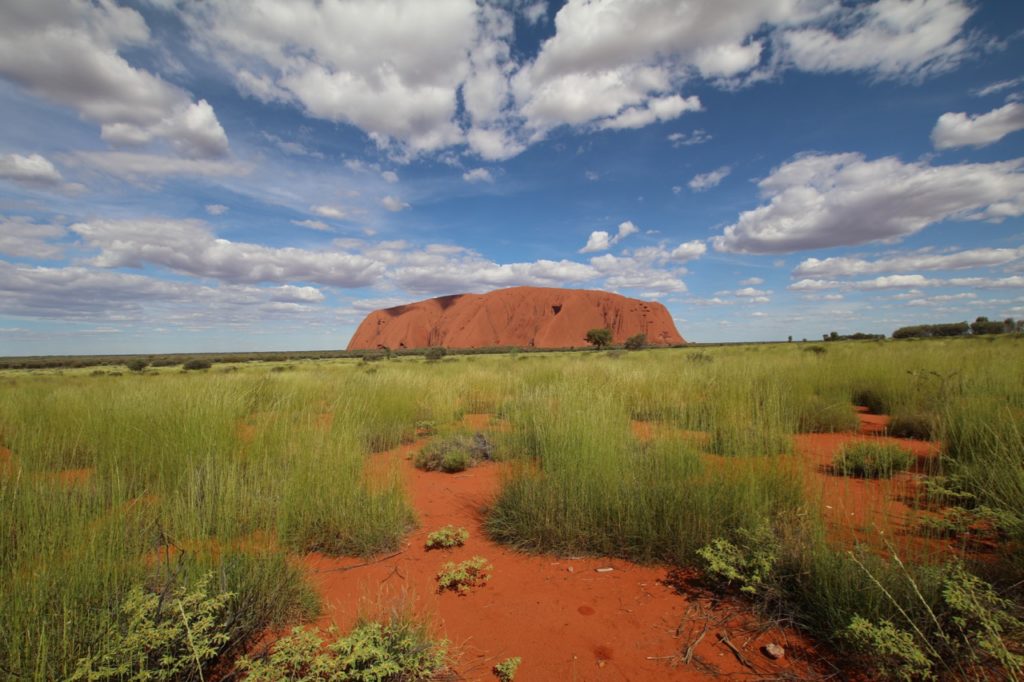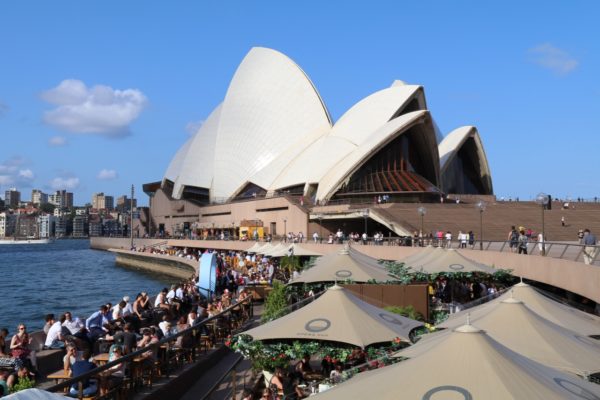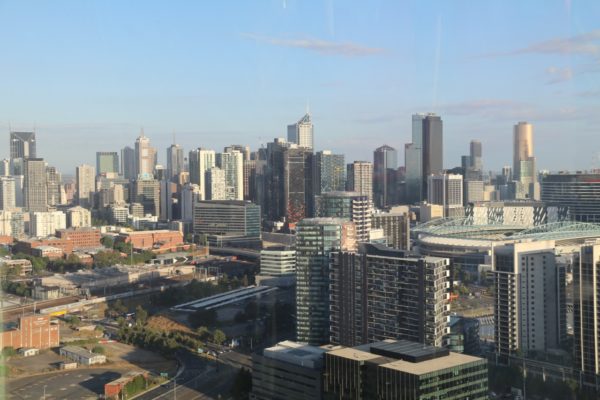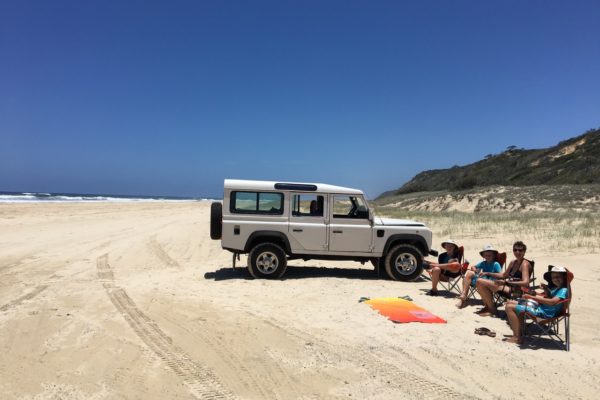Our visit to Australia would not be complete without paying a visit to Uluru, also known as Ayers Rock. Nothing can really prepare you for the immensity, grandeur, changing colour and stillness of “the rock.” It is a World Heritage listed icon. Visiting Uluru is not as time friendly or as budget friendly as one would think, since it is located almost in the dead centre of Australia. You can drive here, taking a minimum of two full days from any major Australian city, but most people fly, as we did. Once here, hotels can charge premium prices, reflecting the remote location. In fact there is only one place to stay, at the Ayers Rock Resort.
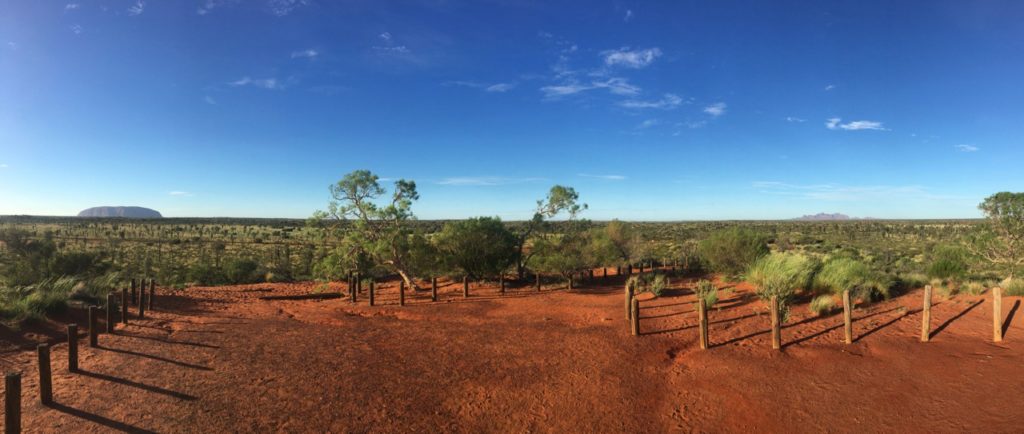
The majority of Australia is desert, or “outback” as it is commonly referred to. The majority of Australians live along the coast, where land is fertile and temperatures do not reach above 37C on a daily basis. Journey to the red centre of Australia, the heart of the country, and the climate is very different. It is hot and dry, flat and mostly devoid of people. Certain animals, accustomed to high temperatures and low rainfall roam here – red kangaroos, snakes and lizards. We arrived in the full heat of summer with temperatures regularly reaching 40C. It was hot, boiling hot, the hottest place we’ve visited so far!
We arrived on a beautiful sunny day, flying in from Melbourne, three hours away by aeroplane. Sit on the left hand side of the plane if you want fantastic views of Uluru from the aeroplane. There it was, just as we imagined it, a giant red rock right in the middle of the Australian outback.
We had just two days to explore Uluru (Ayers Rock) and Kata Tjuta (The Olgas).
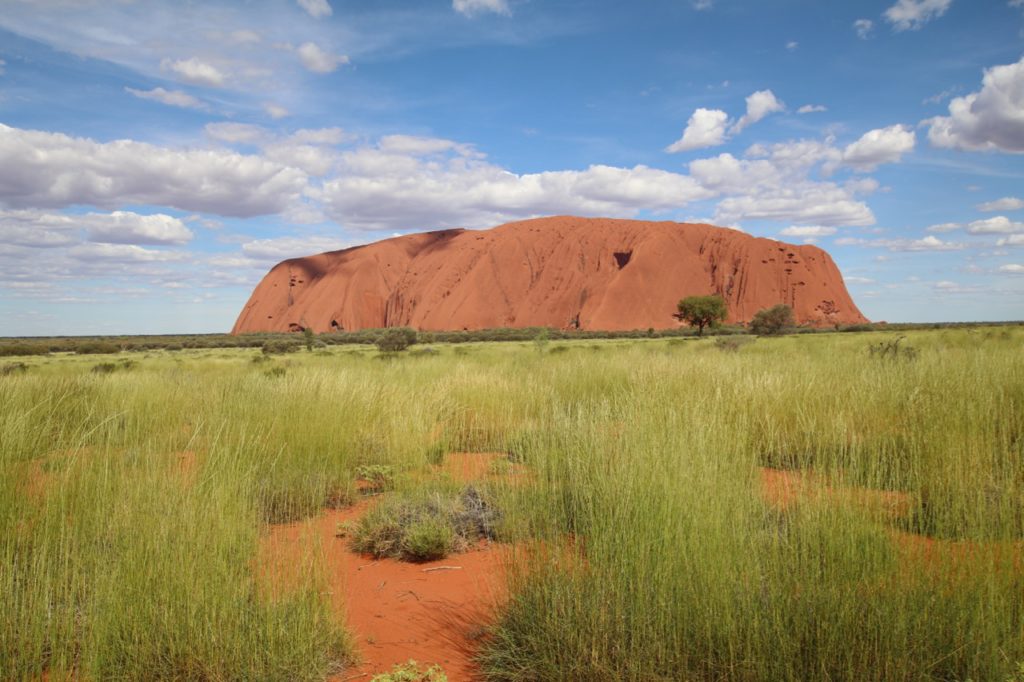
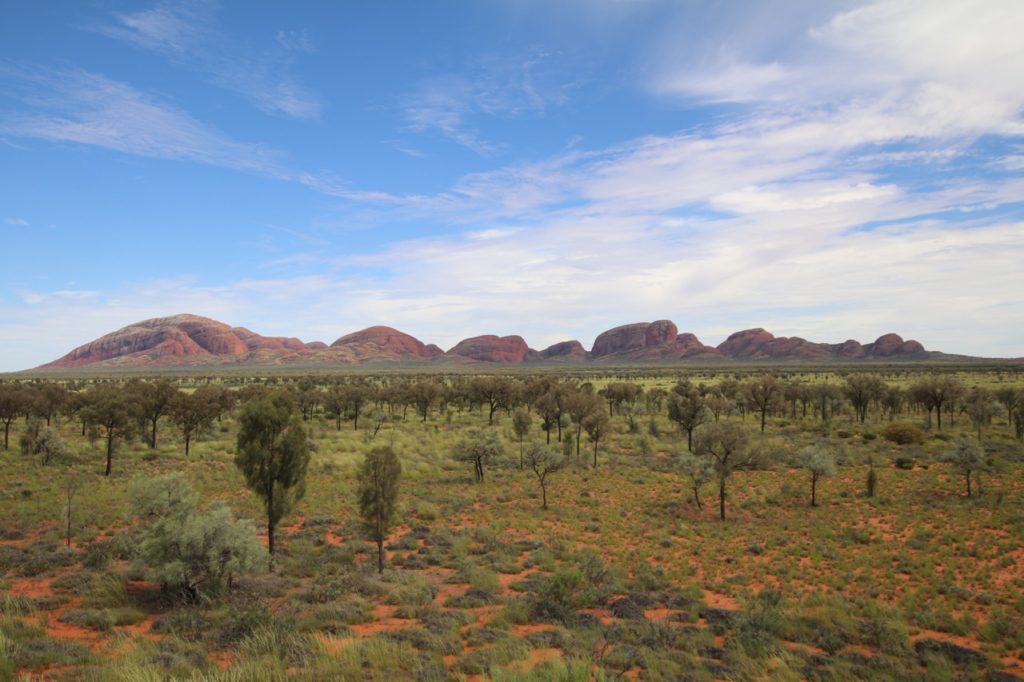
We checked into our expensive budget accommodation at Ayers Rock Resort and drove the short distance to Uluru. Uluru is 3.6km long and rises 348 metres from the surrounding desert. If that’s not impressive enough it’s believed that two thirds of the rock lies beneath the sand. Our first stop was the Uluru-Kata Tjuta Cultural Centre where we learned about tjukurpa (Aboriginal law , religion and customs) and the history and management of the national park. From here we did the Kuniya walk, a short 1km walk, which takes you to a permanent waterhole Muttitjulu.
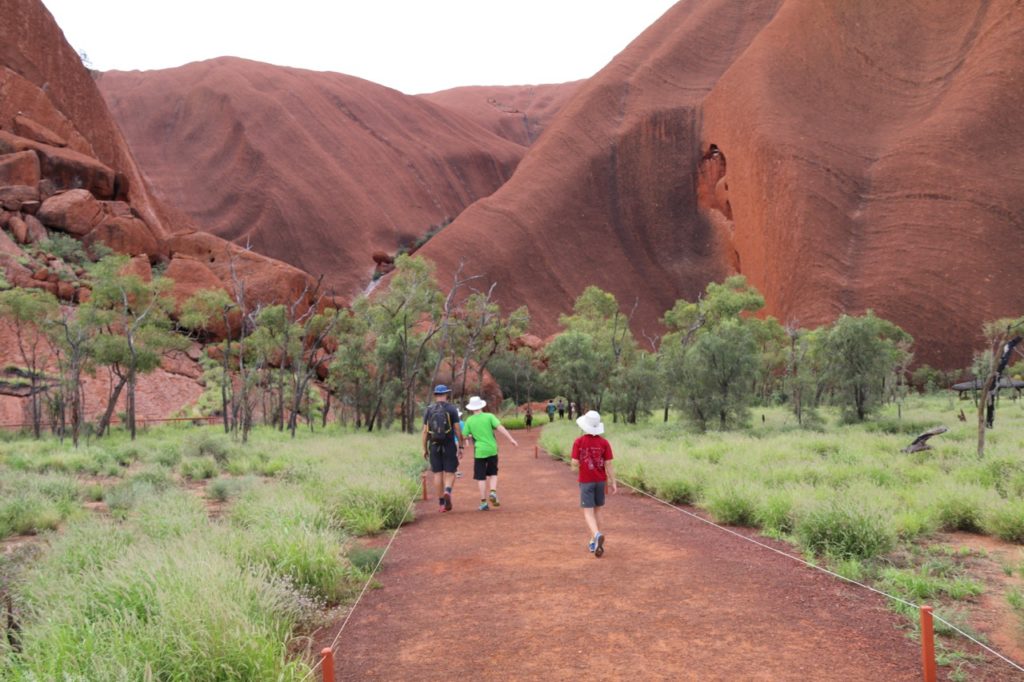
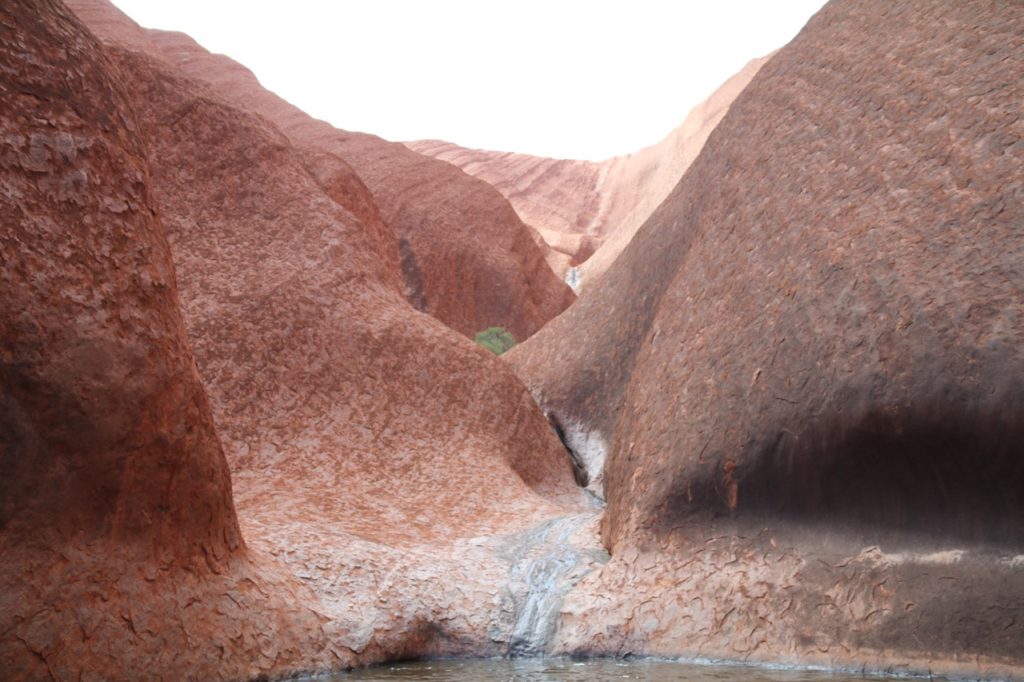
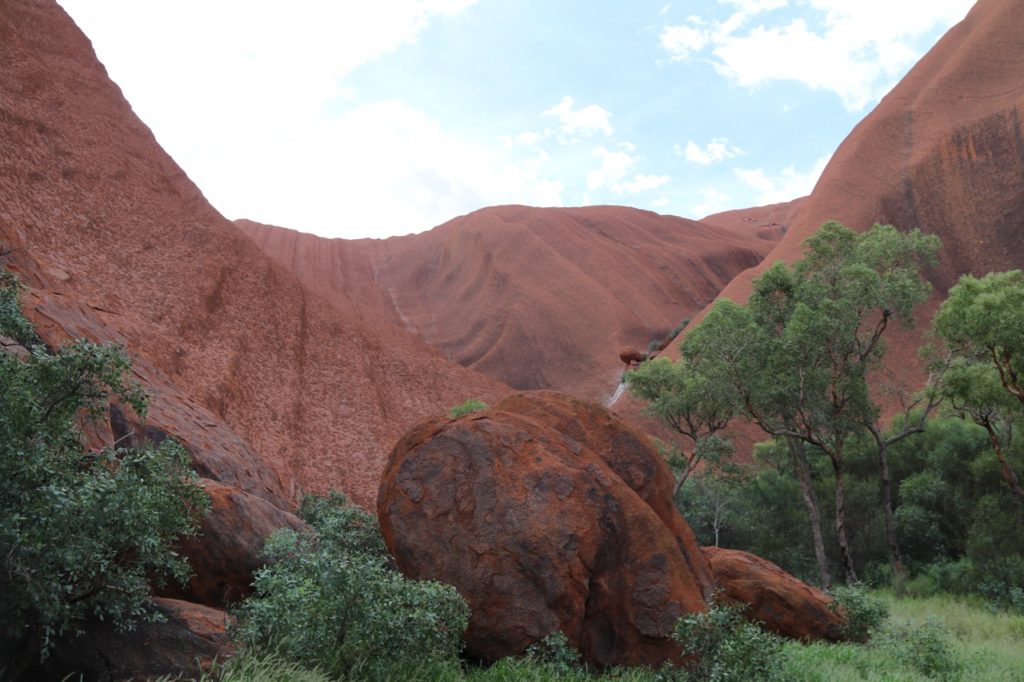
Walking at this time of year is a serious business as it is so hot. Many of the longer walks are closed at 11am (or once the temperature reaches 36C). You need large quantities of water. It is recommend that you have 1 litre of water per person per hour of walking. That’s a lot of water when there’s five of you!
Uluru is beautiful and it’s worth getting up close to see the towering red rock above you.
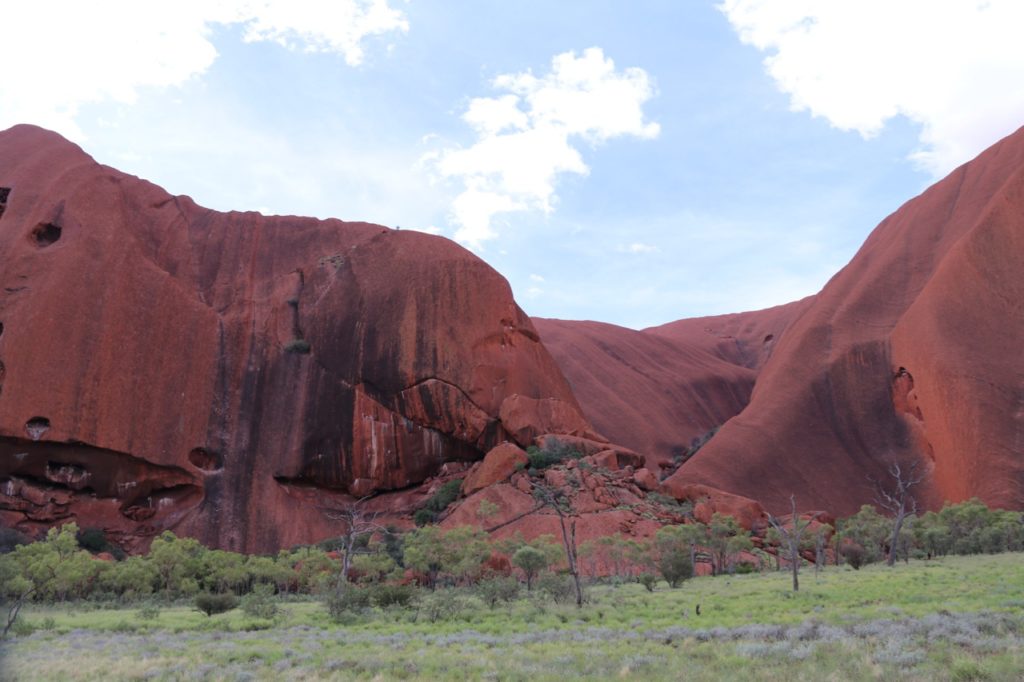
This red monolith is sacred to the aboriginal people. 1995 marks the year when the name was changed from Ayers Rock back to Uluru, to show respect to the Anangu, the aboriginal people who live in the area and are custodians of the rock. The Anangu ask that you no longer climb Uluru fas it is a sacred place. We felt no need to climb Ayers Rock although some people still choose to do so.

Uluru changes colour throughout the day, changing from brown to red to orange…
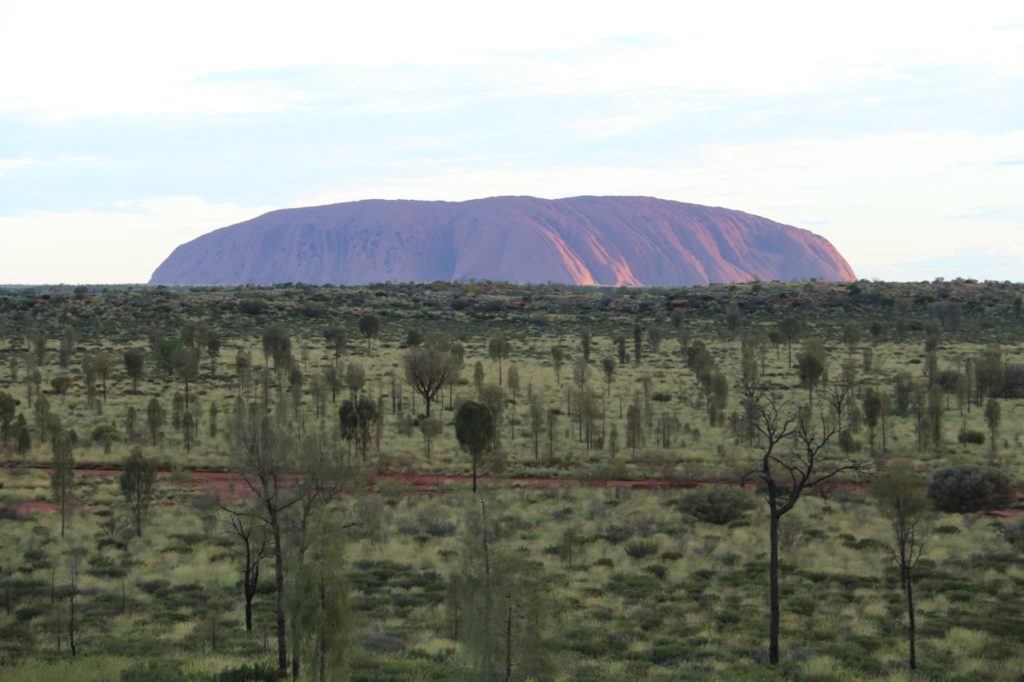
The next day we had planned a trip to Kings Canyon, three hours away by car. However, Flynn was poorly so we cancelled our plans and had an at home day. We sat and watched TV, did some schoolwork and some shopping. Flynn spent most of the day in bed!
In the evening we viewed the Field of Light at Uluru, a sea of colour changing lights in the desert close to Uluru. Bruce Munro, a British artist, designed the implementation which consists of 50,000 stems, covering an area equivalent to nearly seven football pitches. We were super impressed. It reminded me of the tulip fields in Holland.
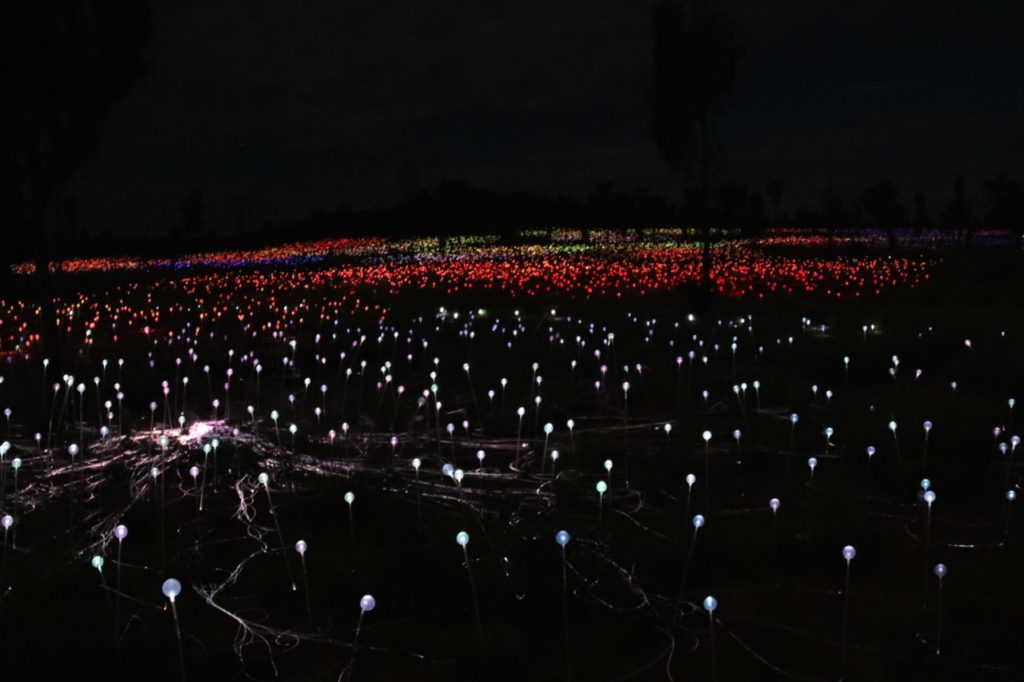
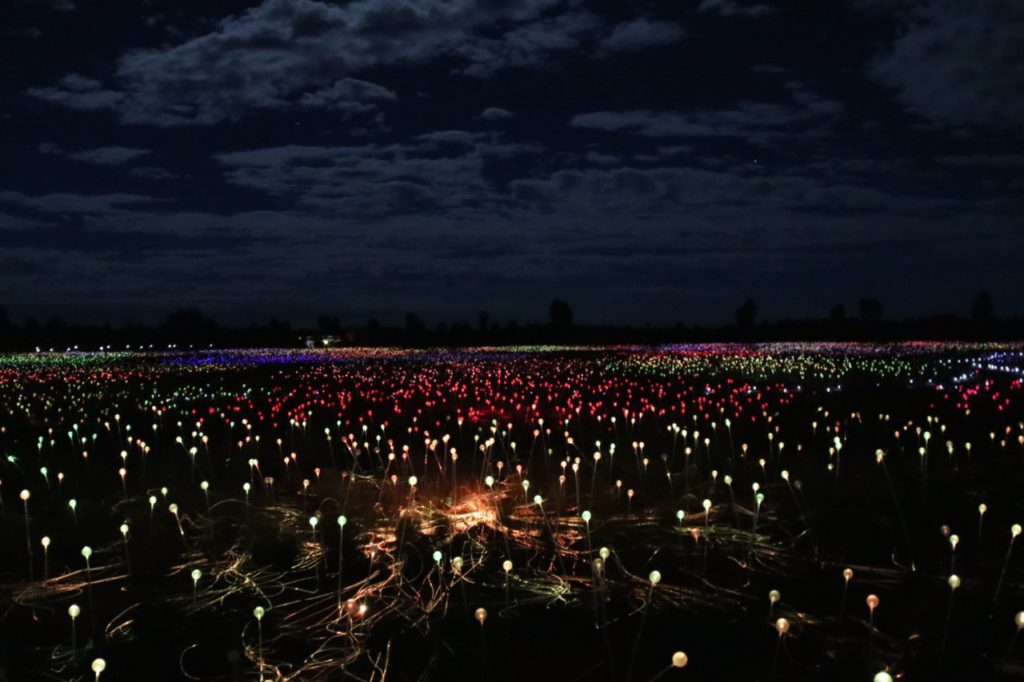
The following morning, we woke up before the crack of dawn, hoping to catch the sunrise over Uluru.
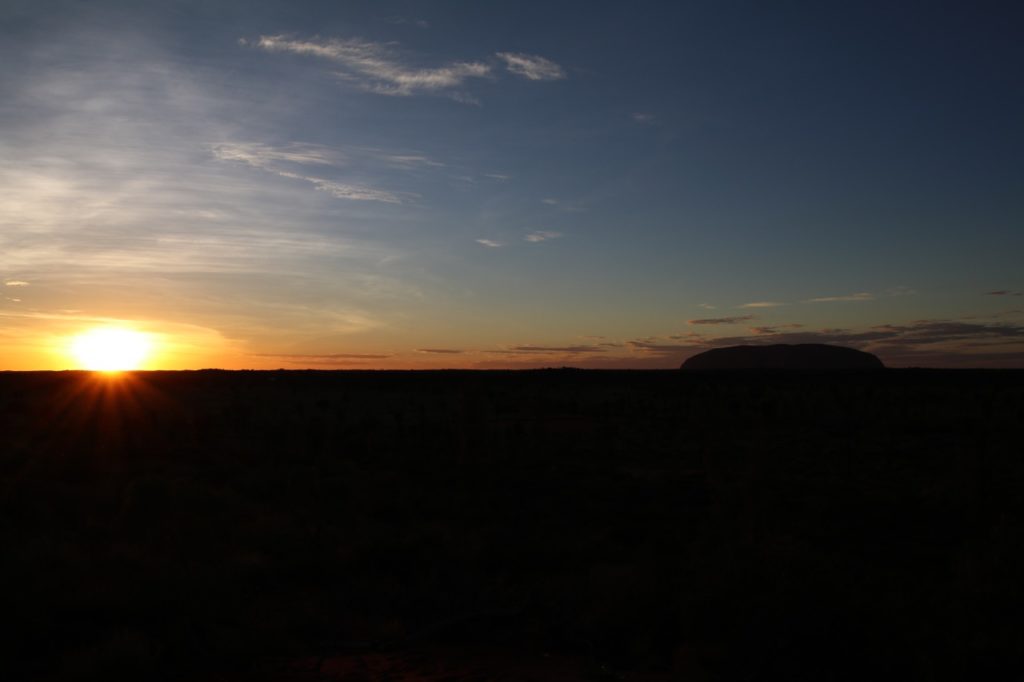
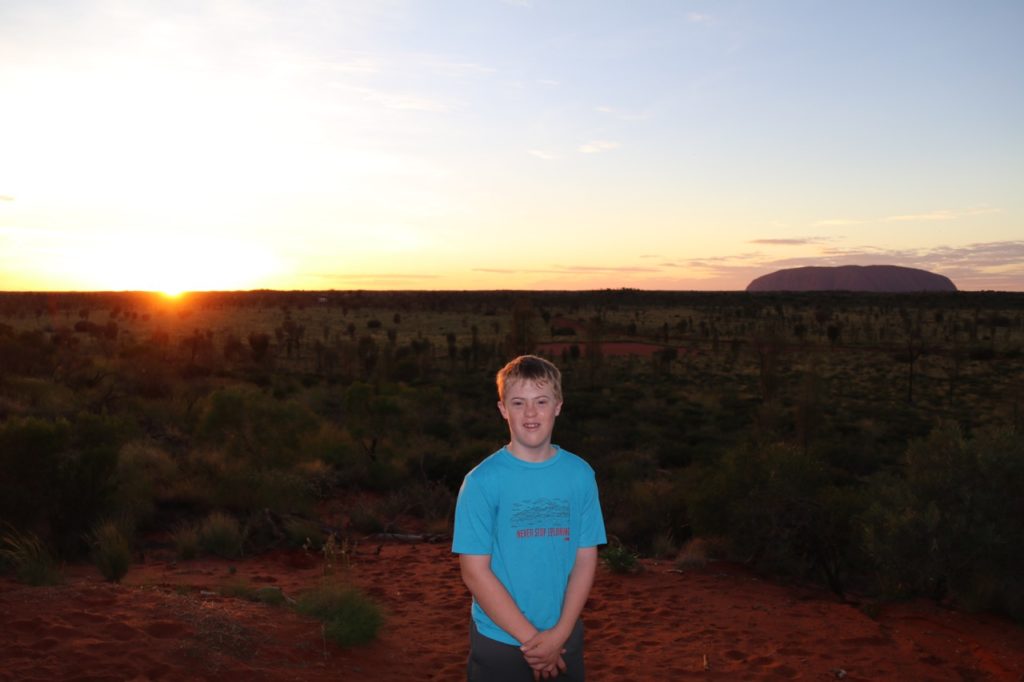
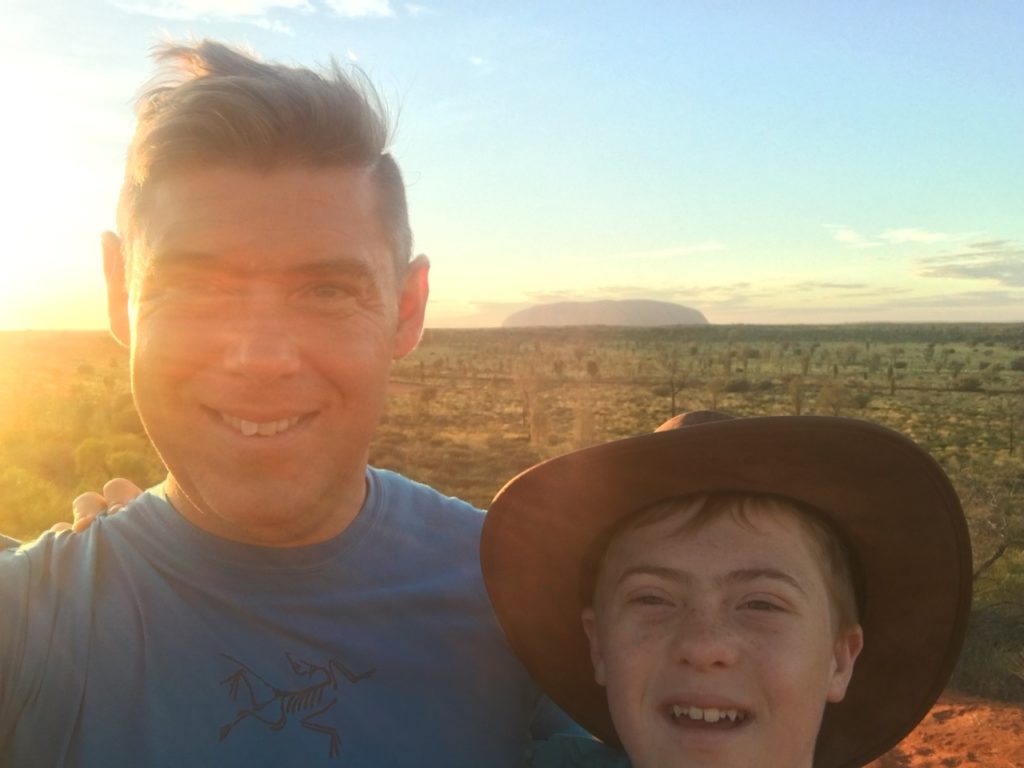
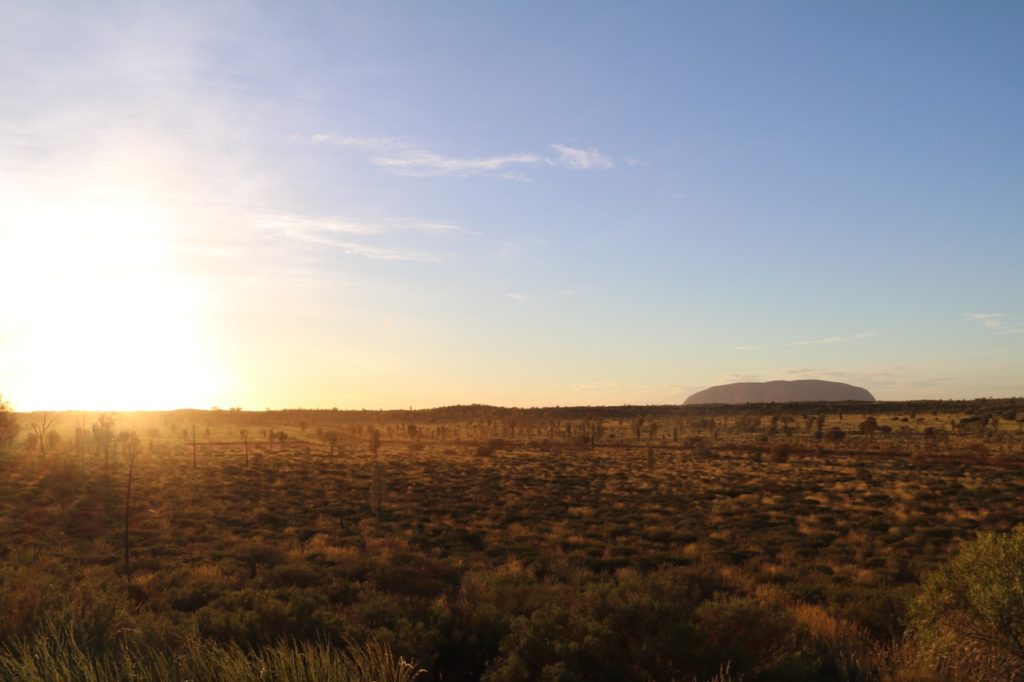
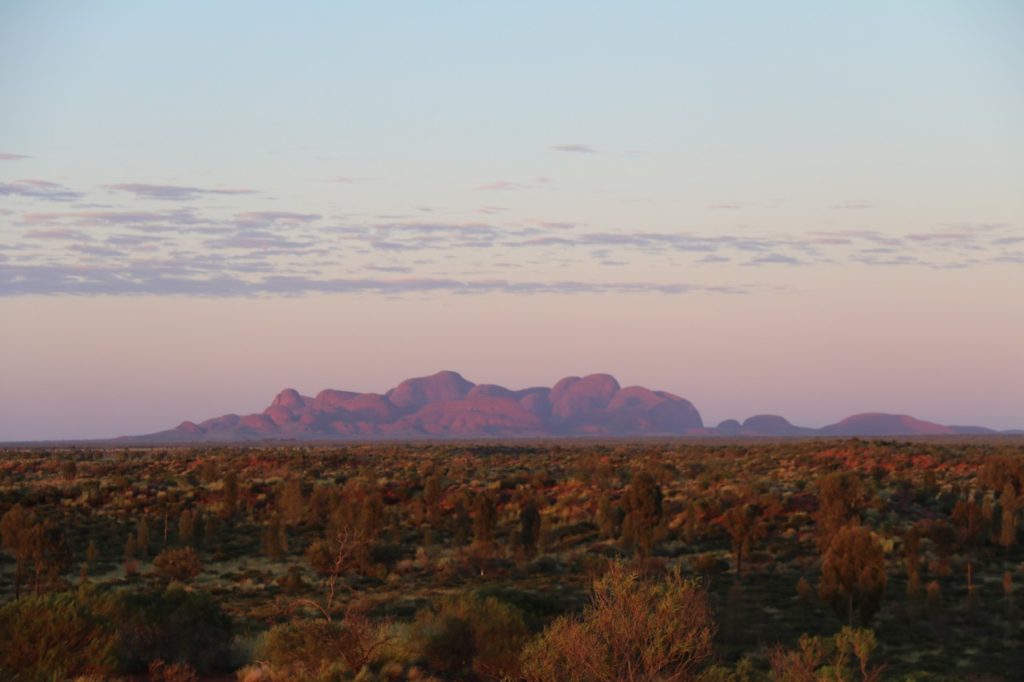
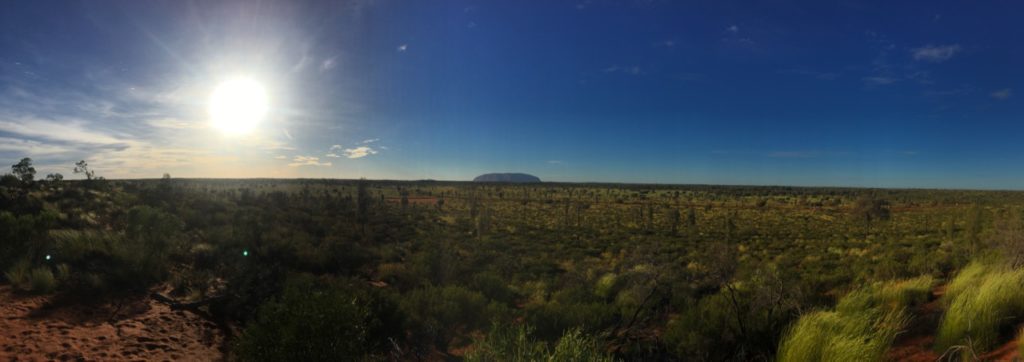
After sunrise we drove the fifty-four kilometres to Kata Tjuta, The Olgas, another red, rocky formation resembling Uluru. Kata Tjuta, a striking group of domed rocks huddled together, 36 boulders shoulder to shoulder forming deep valleys and steep sided gorges. The tallest rock, Mt Olga at 546 metres is approximately 200 metres higher than Uluru.

The 7.4km Valley of the Winds walk (2-4 hours) is one of the most challenging and rewarding hikes in the park. We didn’t have time to do the whole loop but we wanted to do a section of the hike. We walked to the first lookout and on down into the Valley of the Winds and we loved it. The National Parks service label the Valley of the Winds as a difficult hike. We found it easier than this although we only did about 3km. The biggest problem is the heat and the need to carry large amounts of water. This walk is closed at 11am due to the high temperature during the summer months.
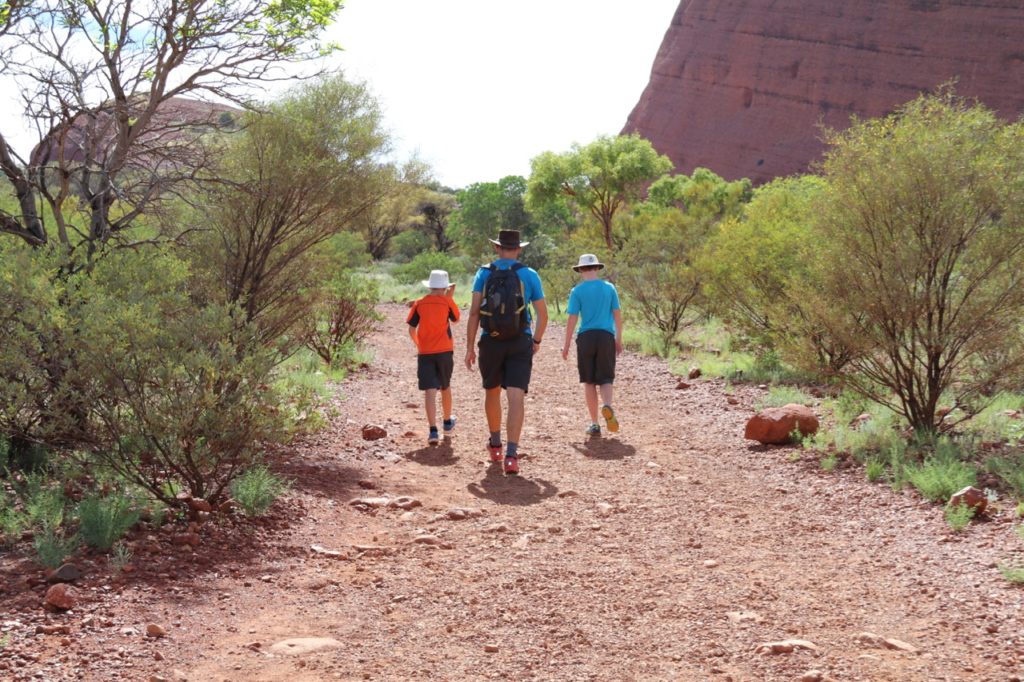
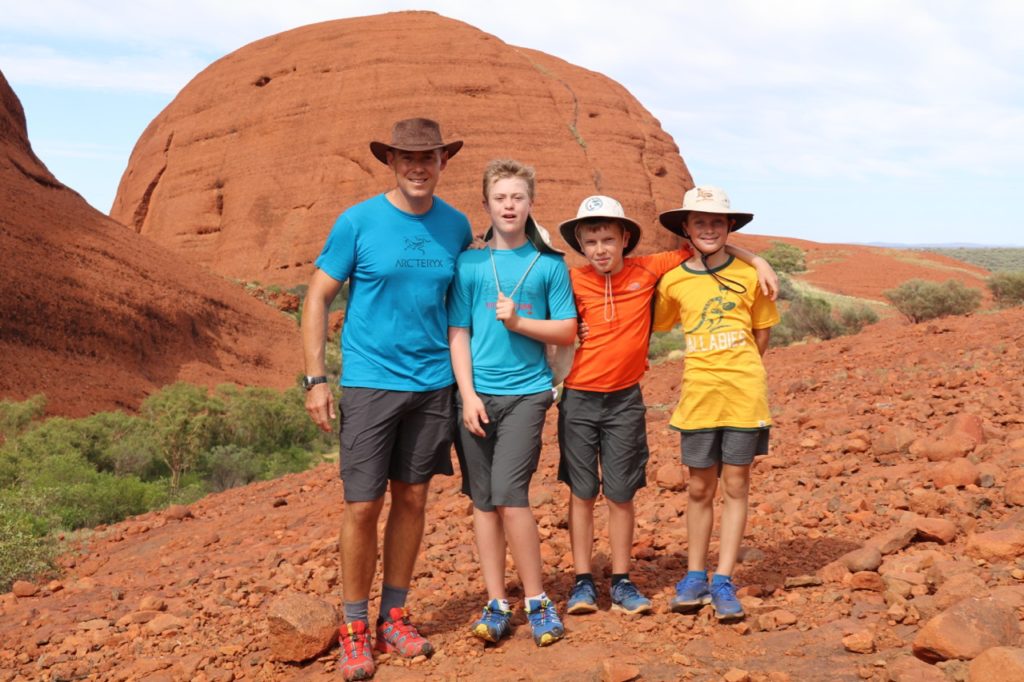
It is spectacular standing in the appropriately named Valley of the Winds. As the winds howled through the canyon, we looked out into the distance at more red, rocky landforms.
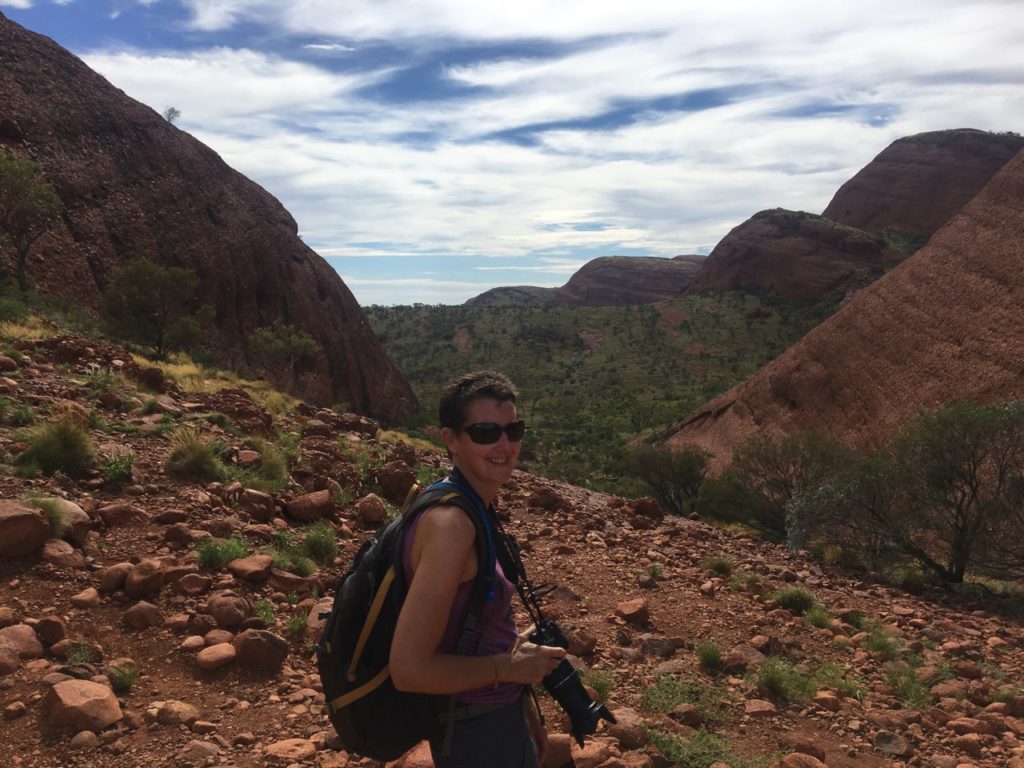
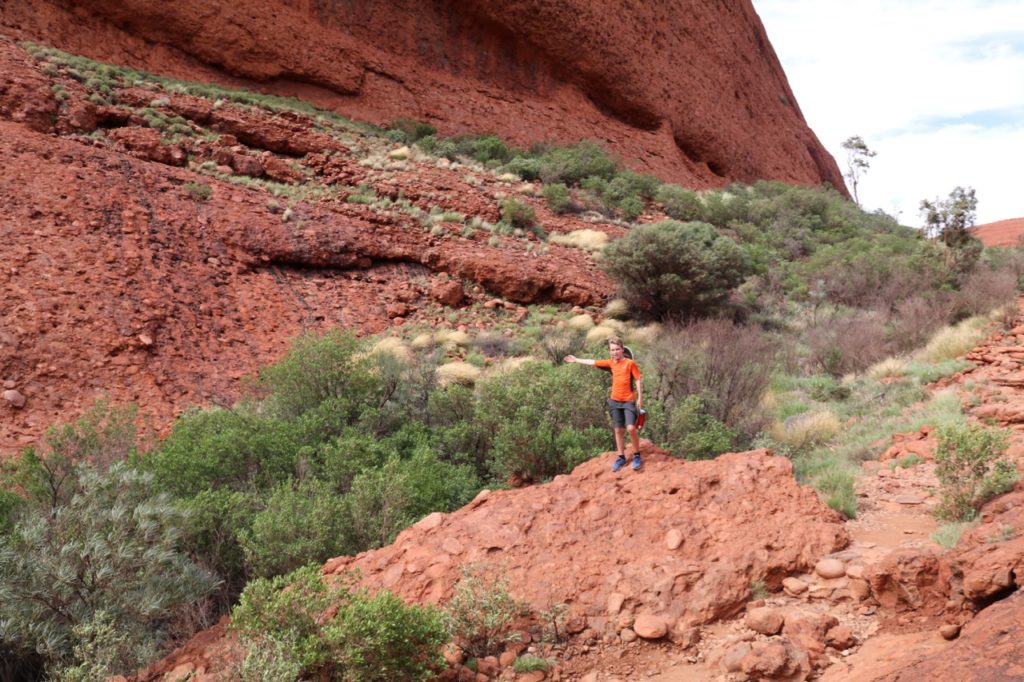
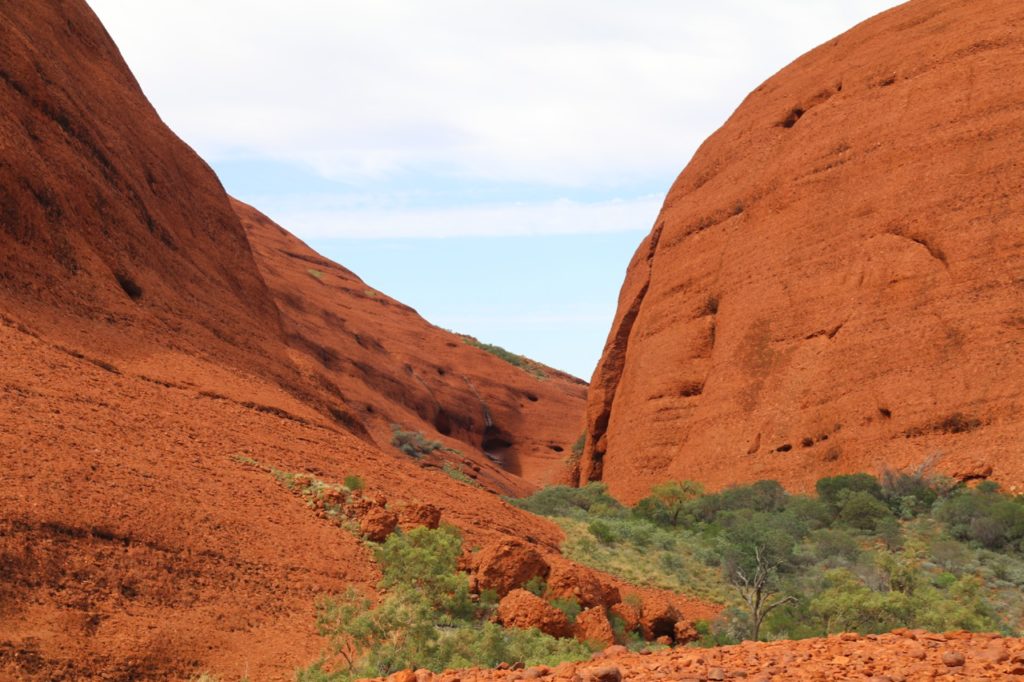
WHERE WE STAYED
We stayed for two nights at the Ayers Rock Resort in the Emu Walk Apartments. The apartments are perfectly suited to families as they consist of one or two bedrooms with a large living area and kitchen. The self catering worked well for us as the food options within the resort are limited and expensive. These apartments are located close to Town Square with it’s amenities – cafe, supermarket, post office and restaurant.

